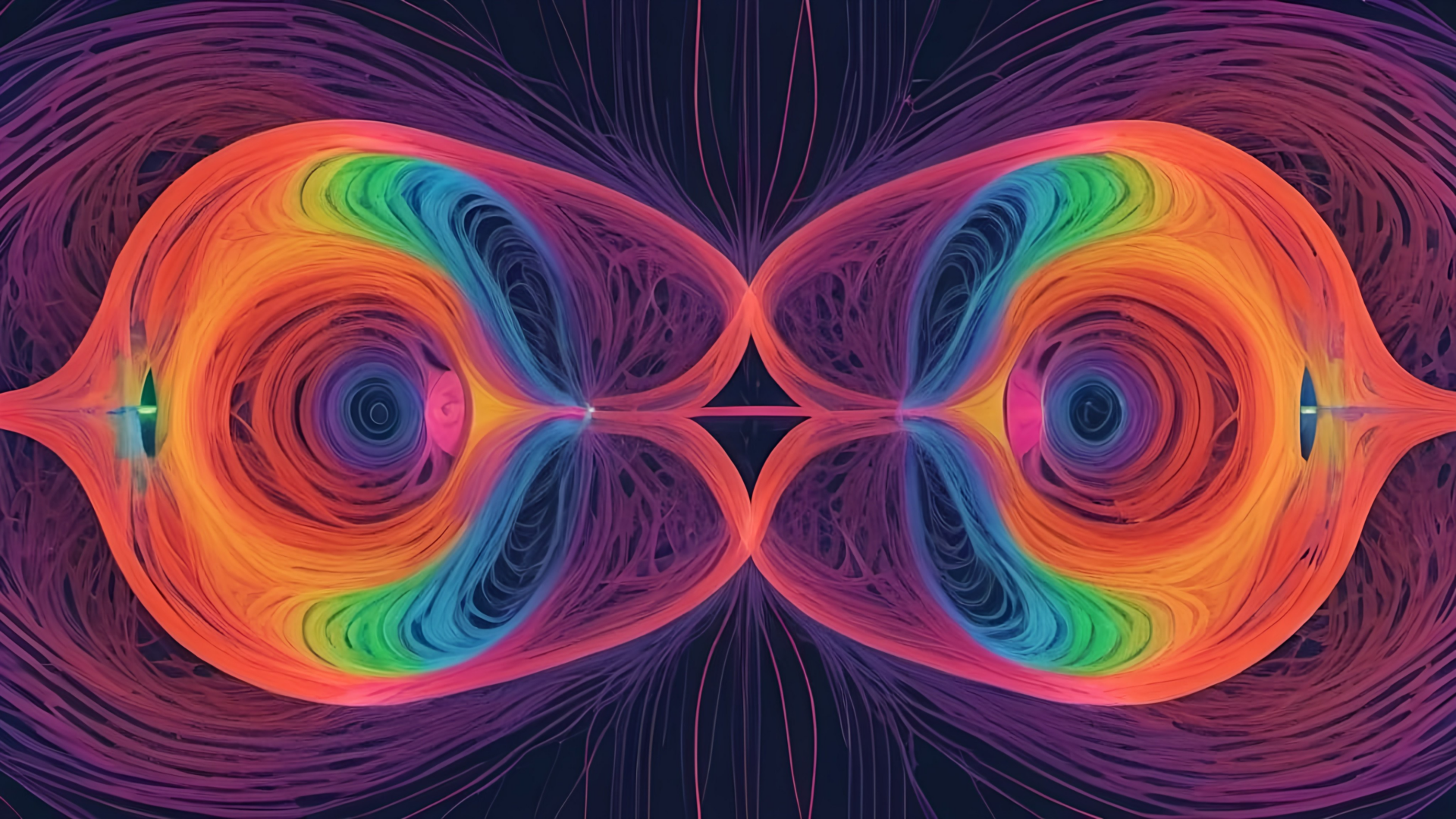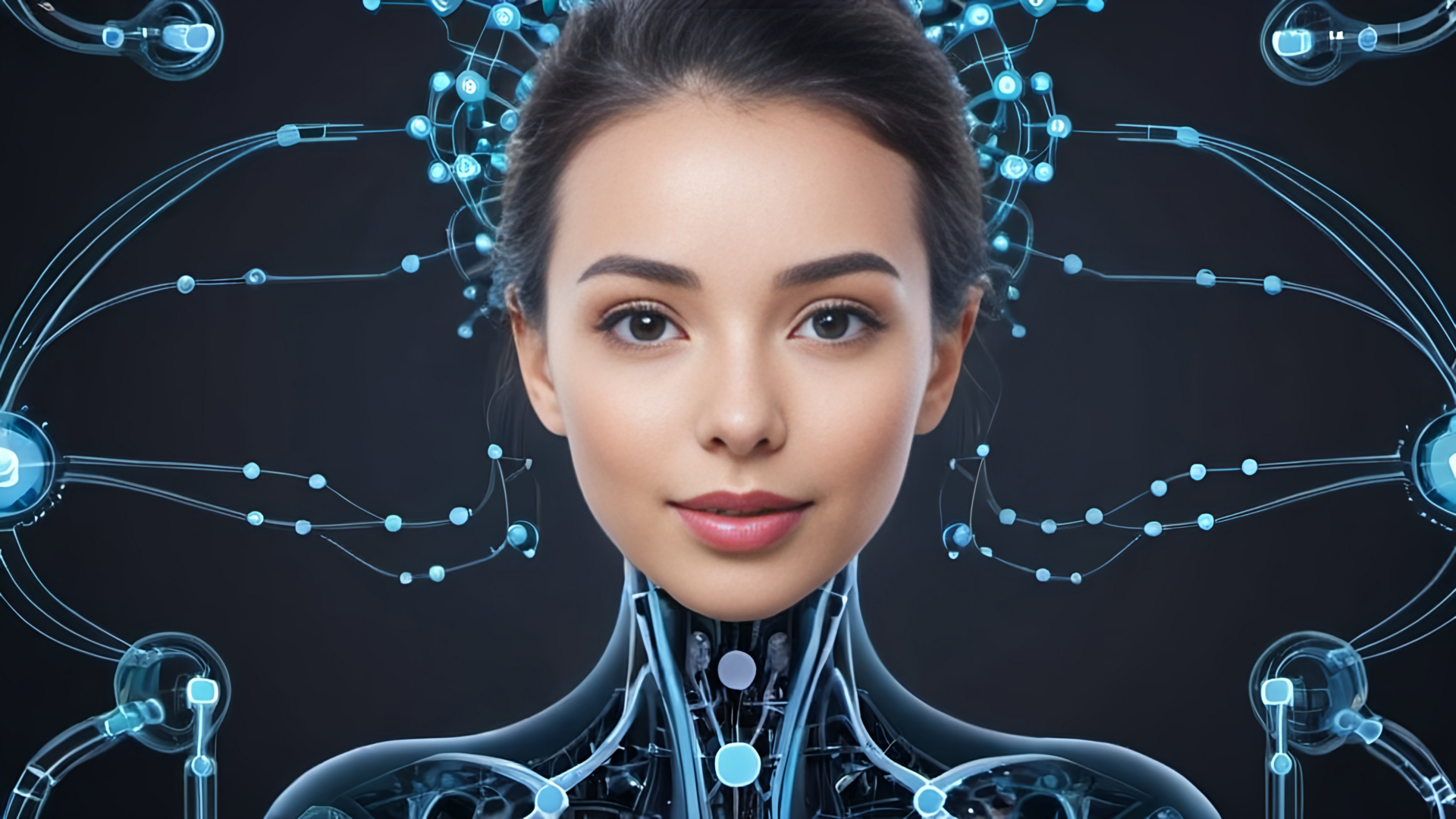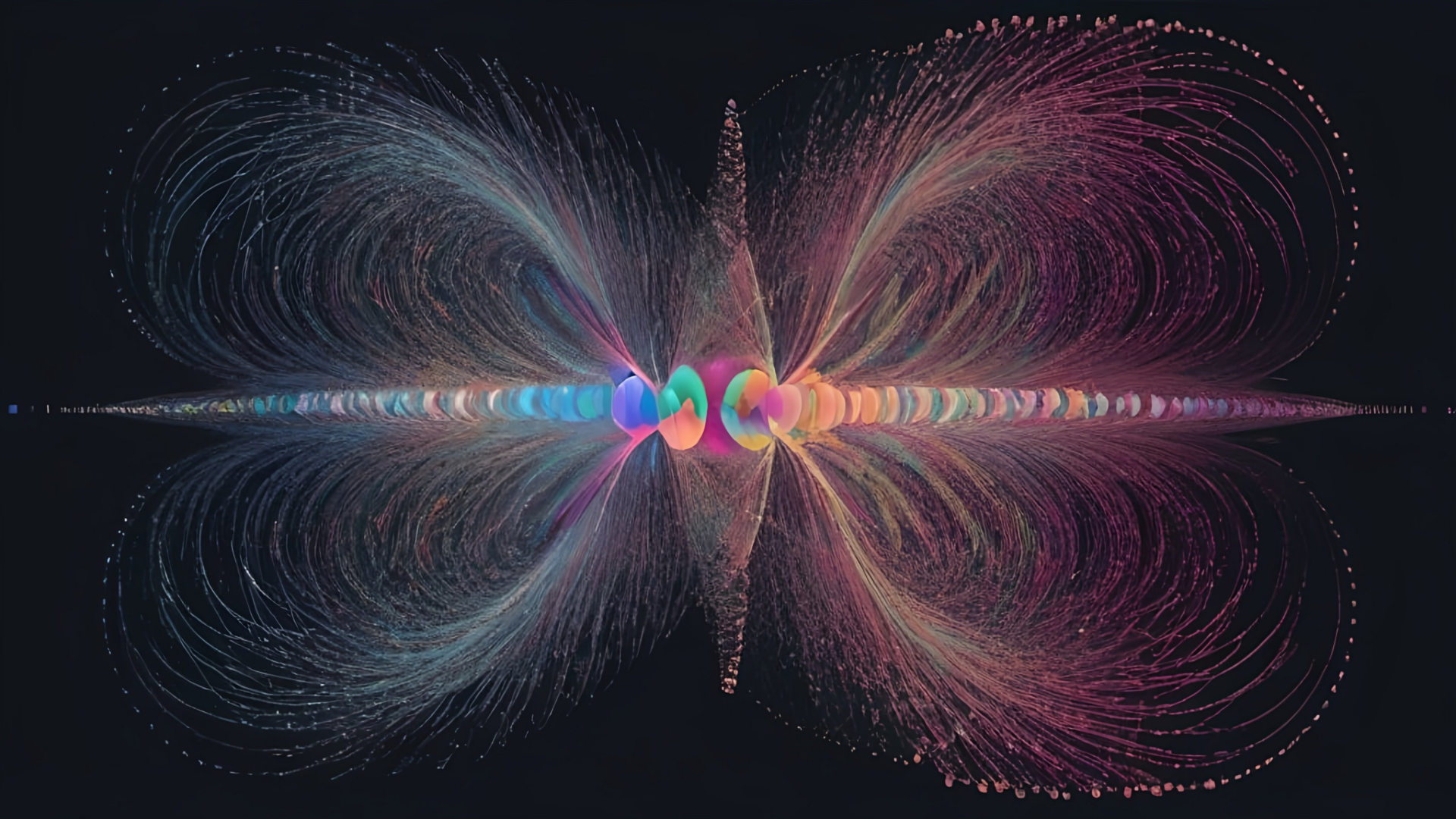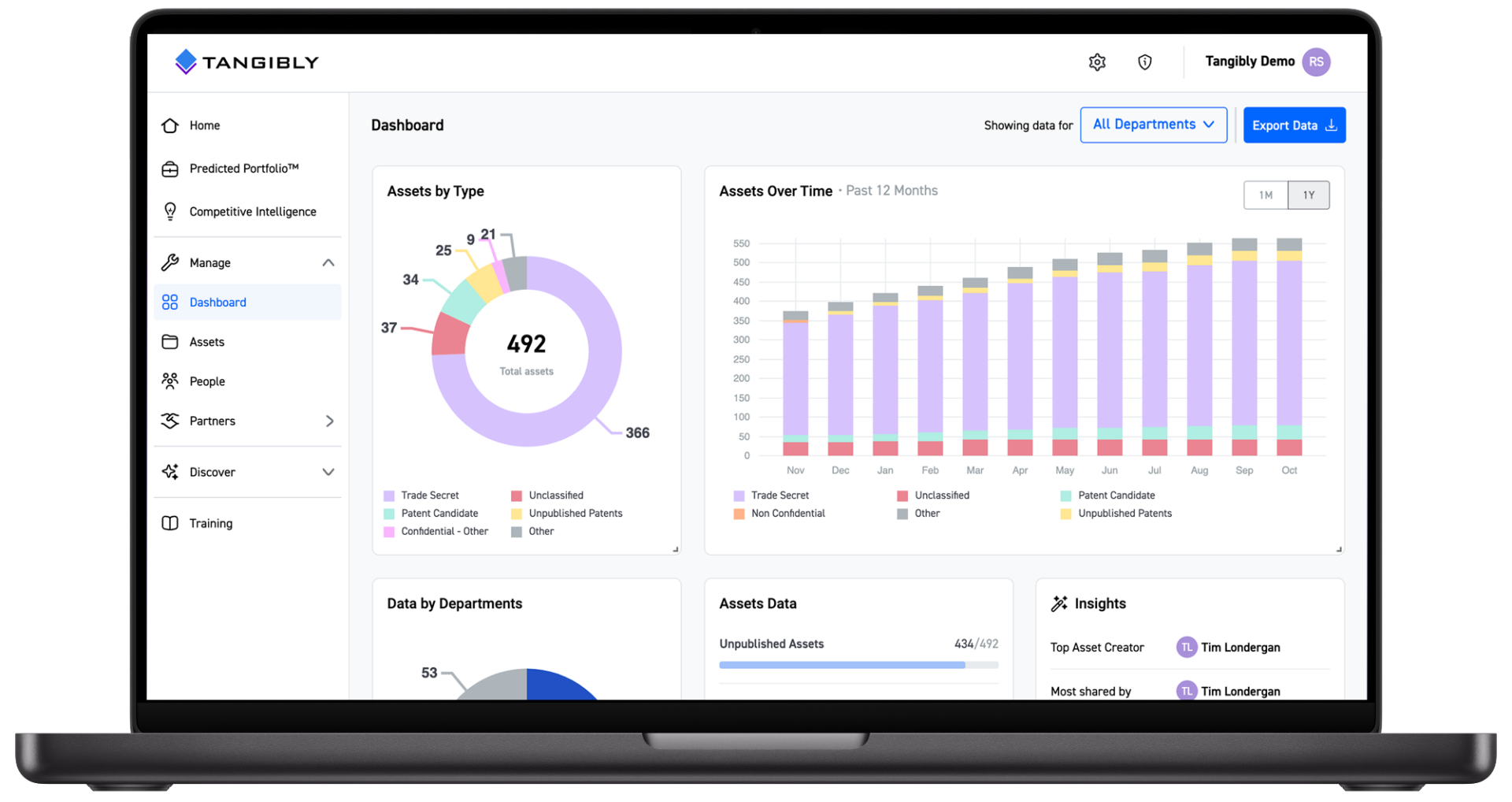Your company has an incredible AI innovation. The obvious question becomes, what is the best way to protect that innovation? There are generally two options: Patents or Trade Secrets. Which should you choose? For innovations related to machine learning, neural networks, related training models, algorithms and data, the answer, in many cases, is trade secrets.
A primer first. In the simplest terms, a patent provides its owner with the right to exclude others from making, using, selling, and importing the claimed invention for a number of years. To obtain this right granted by the US government, however, the inventor must disclose the invention to the public. Obtaining a patent requires this quid-pro-quo. Even the act of applying for a patent, generally, results in public disclosure of the innovation.
Trade secrets, on the other hand, protect information that is secret. Under both federal and state law, trade secrets protect any information that someone has taken reasonable efforts to keep secret so long as the information derives independent economic value from not being generally known. Such protection has been afforded to almost any information under the sun, including compilations of public data, source code, schematics, diagrams, and customer lists.
One final distinction is worth mentioning at the outset. Infringing a patent is, in essence, strict liability. A person who does not know of the existence of a patent is still liable for infringing the patent, if, for example, they make or use a device covered by the patent’s claims. Not so for trade secret misappropriation. To misappropriate a trade secret, a person must have known, or should have known, that the information was a trade secret. Given this requirement, someone can independently develop the subject matter of a trade secret and freely use that information without being liable for misappropriation. Reverse engineering from a legally acquired product also precludes liability for trade secret misappropriation.
Back to the main query of this article. To decide whether to seek patent protection for an AI innovation, we must first consider Alice Corp. v. CLS Bank International. [573 U.S. 208 (2014)]. The Supreme Court decided Alice in 2014. Alice has had a dramatic impact on the ability to patent software. The case has led to patents being rejected by the U.S. Patent and Trademark Office (PTO) and invalidated by courts at all levels. Alice’s analysis first asks whether the claims are directed to a patent-ineligible concept, such as an abstract idea in the context of software patents. Second, if the claims are directed to a patent-ineligible concept, the inquiry looks for an inventive concept—i.e., an element or combination of elements that is sufficient to ensure that the patent in practice amounts to significantly more than a patent upon the ineligible concept itself.
Alice, in practice, established a high bar for patenting software-implemented inventions. A search on Docket Navigator shows that 137 of the 171 district court ineligibility determinations in 2015—there was an annual average of only 19 patentable subject matter invalidity determinations between 2008 and 2014—were related to computer software and hardware patents. The dramatic increase in invalidity determinations based on subject matter eligibility continues to this day: There has been an annual average of 217 district court invalidity determinations between 2015 and 2022. Bottom line, if software is at the heart of an innovation, then it is difficult to acquire patent protection.
Given that the AI innovations this article addresses are almost all implemented through software processes running on computer hardware, under the current Alice framework, those attempting to patent such AI innovations face an uphill battle. David Kappos, the former Director of the USPTO, acknowledge as much in 2019 when he stated that the law concerning subject matter eligibility “is having a significant negative impact on artificial intelligence patent applications.” [Available at https://www.judiciary.senate.gov/imo/media/doc/Kappos%20Testimony.pdf]. Indeed, the PTO’s position “is that AI inventions are no different than any other software technologies, and must be treated along the same lines for subject matter eligibility as any other invention.” [Public Views on Artificial Intelligence and Intellectual Property Policy, Question No. 5]
It is no wonder then that AI patents face skepticism and are invalidated under Alice. Most commonly, AI patents are deemed invalid because (1) the claims use generic language like “neural networks,” “machine learning,” or even “AI,” rendering them abstract ideas; (2) the claims emulate human behavior; or (3) the claims are implemented on general purpose computers. For example, in Angel Technologies Group LLC v. Facebook Inc., the court invalidated several claims related to identifying people in photos. [2022 WL 3093232 at *4 (C.D. Cal. Jun. 30, 2022)]. The invalidated claims described using AI algorithms to identify people within an image, but the claims said nothing about how the AI algorithms worked. As such, the claims were directed to an unpatentable abstract idea.
IBM Corp. v. Zillow Group, Inc., is an example of the second invalidity rationale. [2022 WL 704137 at *12 (W.D. Wash. 2022)]. The claims at issue covered a machine learning system. The court determined the claims were unpatentable subject matter because the claimed “processes can be performed with a pen and paper, albeit not with the speed of a computer . . . .” [Id.].
Quad City Pat., LLC v. Zoosk, Inc., addresses the third invalidity rationale. [498 F.Supp. 3d 1178 (N.D. Cal. 2020)]. The claims at issue used AI to predict and simulate participant behavior. These claims were unpatentable subject matter because the claims did not recite any technical implementation; instead they claimed generic functional results. As such, the claims were invalid as none of the claimed “steps require anything more than a generic computer implementation.” [Id. at 1188].
That is not to say that it is impossible for an AI patent to survive an Alice attack, [Ocado Innovation, Ltd. et al. v. AutoStore AS, 561 F.Supp. 3d. 36, 55 (D. N.H. 2021); Palo Alto Research Center v. Facebook Inc., 2021 WL 1583906 at *7 (C.D. Cal. Mar. 16, 2021)], it is just challenging. Anyone attempting to patent an innovation concerning AI faces an uphill battle. At the end of the day, there is no guarantee that an issued AI patent will survive an Alice challenge. In other words, an AI innovation could be disclosed to the public in exchange for receiving a patent, only to later have a court determine that the patent is invalid, allowing anyone to use the innovation disclosed in the patent.
Given this playing field, the question arises, is seeking patent protection for AI innovations, specifically those related to machine learning, neural networks, related training models, algorithms and data, worth it?
What about trade secret protection? Trade secrets, in general, are well suited to innovations that are difficult to reverse engineer or independently discover, as well as innovations that are replaced by new innovations at a very rapid pace. These factors exist in many AI innovations. Trade secret protection, MOREOVER, can be afforded to innovations that are not eligible for patent protection. [Kewanee Oil Co. v. Bicron Corp., 416 U.S. 470, 482-83 (1974)]. There are several advantages to seeking trade secret protection for AI innovations in lieu seeking patent protection: (1) the scope of what is protectable as a trade secret is much broader, e.g., training data, software, negative know-how; (2) because trade secret protection can automatically attach, trade secret protection can keep up with the speed of AI innovations; and (3) there is no risk of disclosing the innovation to competitors in an attempt to gain a patent only to have the innovation deemed invalid under Alice.
To assess whether you should use trade secrets to protect an AI innovation, there are several questions to consider. First, is the innovation something that can be kept secret or is the innovation readily ascertainable from product or service, if any, that is publicly available. If your AI innovation is readily apparent when the public feeds a query into the website using the innovation, trade secret protection is unlikely a viable option. Second, is the innovation related to subject matter for which an enforceable patent will be difficult to obtain. If the innovation relates to training data or negative know-how, a patent is not really an option. Third, if, as a practical matter, it would be difficult to determine whether a competitor is using the innovation, trade secret protection is a good option. In this scenario, if you obtained patent protection, it would be difficult to determine whether a competitor was infringing your patent based on publicly available information. This diminishes the value of the patent because you cannot determine if it is infringing the patent in the first place. Fourth, consider why you want intellectual property protection in the first place. If you want the patent for some reason other than using it to prevent a competitor from practicing the claimed innovation, e.g., to signal to the market that you are a leading innovator in the space, then keeping your innovation secret will not accomplish this goal.
As with all things in life, trade secret protection has downsides too. First, as noted above, information protected as a trade secret is only protected against misappropriation—improper acquisition, use, or disclosure. You cannot prevent a competitor from independently creating the innovation or from reverse engineering the innovation. And, as soon as trade secret information is publicly disclosed, whether intentionally or accidentally, the information’s protection as a trade secret is usually lost. Second, because reasonable measures must be used to keep the information in question secret, you must implement reasonable measures to protect the secrecy of the information. Adopting reasonable measures is not free. As such, there are financial and personnel burdens associated with employing trade secrets to protect information.
Given the head winds faced by AI innovations in obtaining enforceable patent protection and the nature of many AI innovations, trade secret protection is something individuals and companies innovating in the AI space should seriously consider in lieu of patent protection.




